CHEMICAL IDENTIFICATION
-
RTECS NUMBER :
-
UF0700000
-
CHEMICAL NAME :
-
Propionic acid, 2,3-dichloro-
-
CAS REGISTRY NUMBER :
-
565-64-0
-
BEILSTEIN REFERENCE NO. :
-
1721427
-
LAST UPDATED :
-
199709
-
DATA ITEMS CITED :
-
3
-
MOLECULAR FORMULA :
-
C3-H4-Cl2-O2
-
MOLECULAR WEIGHT :
-
142.97
-
WISWESSER LINE NOTATION :
-
QVYG1G
HEALTH HAZARD DATA
ACUTE TOXICITY DATA
-
TYPE OF TEST :
-
LD50 - Lethal dose, 50 percent kill
-
ROUTE OF EXPOSURE :
-
Oral
-
SPECIES OBSERVED :
-
Rodent - rat
-
DOSE/DURATION :
-
289 mg/kg
-
TOXIC EFFECTS :
-
Behavioral - somnolence (general depressed activity) Lungs, Thorax, or Respiration - acute pulmonary edema
-
REFERENCE :
-
WATRAG Water Research. (Pergamon Press Ltd., Headington Hill Hall, Oxford OX3 0BW, UK) V.1- 1967- Volume(issue)/page/year: 24,661,1990
-
TYPE OF TEST :
-
LD50 - Lethal dose, 50 percent kill
-
ROUTE OF EXPOSURE :
-
Administration onto the skin
-
SPECIES OBSERVED :
-
Rodent - rabbit
-
DOSE/DURATION :
-
400 mg/kg
-
TOXIC EFFECTS :
-
Skin and Appendages - primary irritation (after topical exposure)
-
REFERENCE :
-
AIHAAP American Industrial Hygiene Association Journal. (AIHA, 475 Wolf Ledges Pkwy., Akron, OH 44311) V.19- 1958- Volume(issue)/page/year: 23,95,1962 ** OTHER MULTIPLE DOSE TOXICITY DATA **
-
TYPE OF TEST :
-
TDLo - Lowest published toxic dose
-
ROUTE OF EXPOSURE :
-
Oral
-
SPECIES OBSERVED :
-
Rodent - rat
-
DOSE/DURATION :
-
588 mg/kg/28D-C
-
TOXIC EFFECTS :
-
Cardiac - changes in heart weight Biochemical - Enzyme inhibition, induction, or change in blood or tissue levels - phosphatases Biochemical - Enzyme inhibition, induction, or change in blood or tissue levels - transaminases
-
REFERENCE :
-
WATRAG Water Research. (Pergamon Press Ltd., Headington Hill Hall, Oxford OX3 0BW, UK) V.1- 1967- Volume(issue)/page/year: 24,661,1990
|





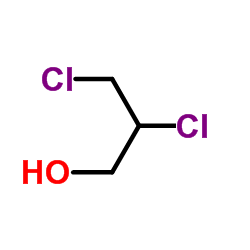 CAS#:616-23-9
CAS#:616-23-9 CAS#:2567-14-8
CAS#:2567-14-8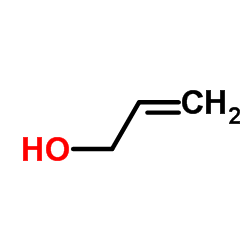 CAS#:107-18-6
CAS#:107-18-6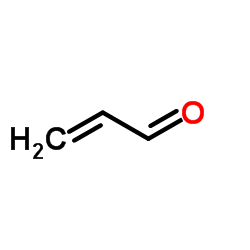 CAS#:107-02-8
CAS#:107-02-8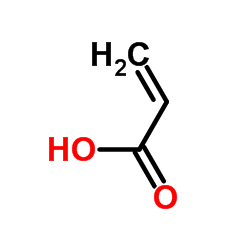 CAS#:79-10-7
CAS#:79-10-7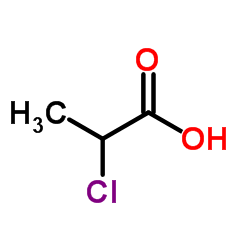 CAS#:598-78-7
CAS#:598-78-7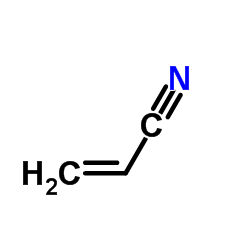 CAS#:107-13-1
CAS#:107-13-1 CAS#:598-79-8
CAS#:598-79-8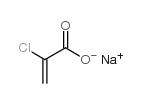 CAS#:32997-86-7
CAS#:32997-86-7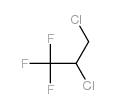 CAS#:338-75-0
CAS#:338-75-0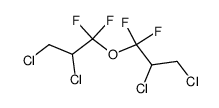 CAS#:51100-38-0
CAS#:51100-38-0 CAS#:7623-13-4
CAS#:7623-13-4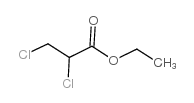 CAS#:6628-21-3
CAS#:6628-21-3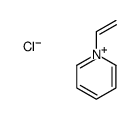 CAS#:45590-51-0
CAS#:45590-51-0 CAS#:7647-01-0
CAS#:7647-01-0